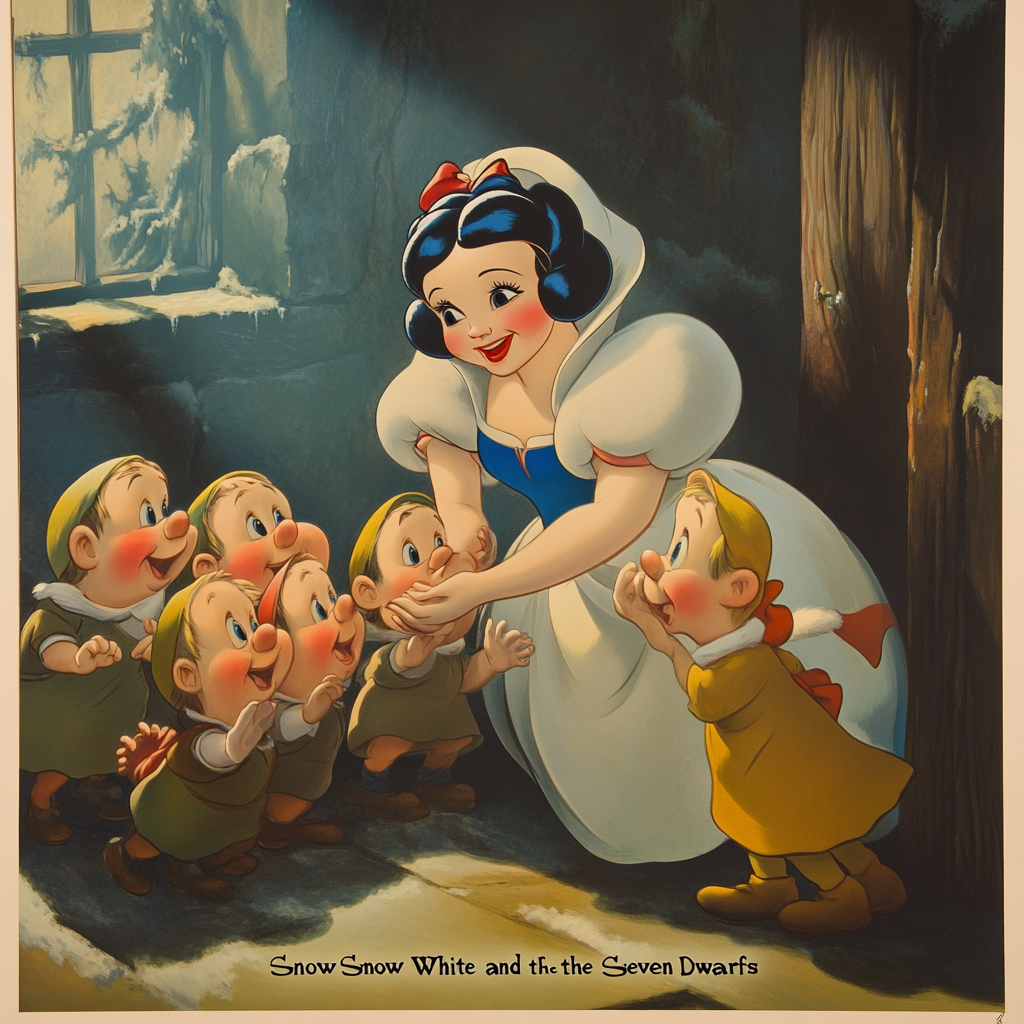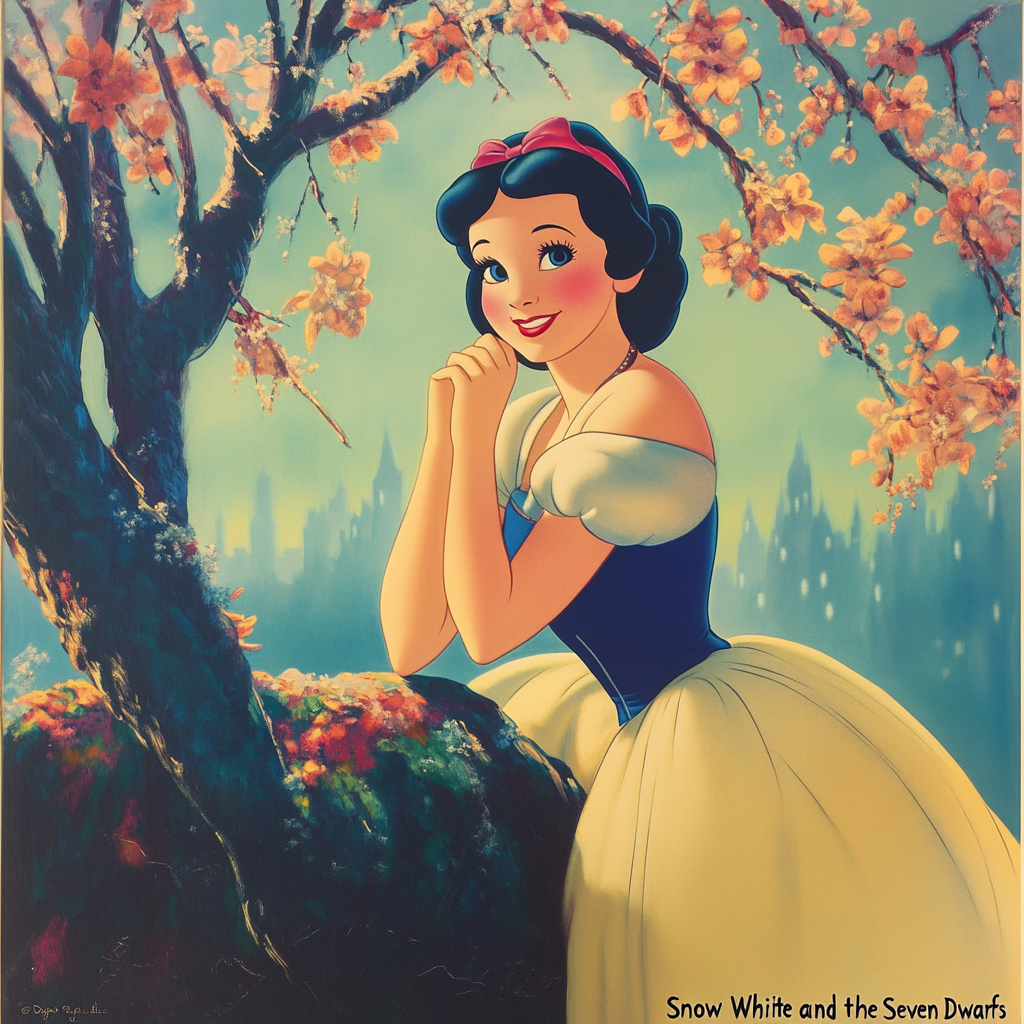Walt Disney’s groundbreaking animated film, “Snow White and the Seven Dwarfs,” premiered on December 21, 1937, at the Carthay Circle Theatre in Los Angeles, California. As the first full-length cel-animated feature in motion picture history, this iconic film revolutionized the entertainment industry and set the stage for generations of animated storytelling. Its debut marked a monumental achievement not only for Walt Disney Studios but also for cinema as a whole, redefining the possibilities of animation as a serious art form.

A Visionary Gamble
The journey to “Snow White and the Seven Dwarfs” was fraught with challenges and skepticism. Walt Disney’s ambition to create the first animated feature-length film was met with widespread doubt from critics and colleagues alike. Many referred to the project as “Disney’s Folly,” believing that audiences would never sit through a cartoon lasting over 80 minutes. However, Disney’s unwavering belief in the medium, coupled with the creative efforts of his talented team, ensured the project’s completion. With an unprecedented budget of $1.5 million during the Great Depression, the film’s success was far from guaranteed. Despite these risks, Disney’s gamble paid off spectacularly.
When “Snow White and the Seven Dwarfs” premiered, it captivated audiences and critics alike. The innovative use of cel animation, vibrant Technicolor visuals, and synchronized soundtracks created an immersive experience unlike anything seen before. The film’s endearing characters and timeless story ensured its place in cinematic history.
Transforming Animation Into a Respected Art Form

Before “Snow White and the Seven Dwarfs,” animation was largely confined to short films and comedic gags. The medium was often dismissed as a novelty or entertainment exclusively for children. Disney’s masterpiece changed this perception, showcasing the potential of animation to convey deep emotional narratives and universal themes.
The meticulous artistry behind the film was groundbreaking. Each frame was hand-drawn and painted, requiring over 1,500 artists to create more than two million sketches. The revolutionary multiplane camera allowed for the illusion of depth and realism, enhancing the visual storytelling. The film’s attention to detail and artistic ambition demonstrated that animation could rival live-action cinema in scope and sophistication.
The film’s musical achievements also set a precedent. Songs like “Someday My Prince Will Come” and “Heigh-Ho” became cultural touchstones, proving that music could be seamlessly integrated into animated storytelling. This innovation influenced countless animated films in the decades to follow.
Lasting Impact and Legacy

The cultural and financial success of “Snow White and the Seven Dwarfs” was transformative. It became the highest-grossing sound film of its time, earning an estimated $8 million during its initial release—a staggering feat during the Great Depression. The success allowed Walt Disney Studios to expand, eventually leading to the creation of classics such as “Cinderella,” “Sleeping Beauty,” and “The Lion King.”
Beyond its financial triumph, “Snow White” cemented the role of animation in global cinema. Its storytelling techniques and production values have influenced countless animators and filmmakers. The film’s emotional resonance continues to captivate audiences today, with its themes of love, resilience, and the triumph of good over evil remaining timeless.
Moreover, the film’s legacy lives on through its inclusion in the National Film Registry by the Library of Congress, recognizing it as “culturally, historically, or aesthetically significant.” The Walt Disney Company’s enduring success can be traced back to the risks and rewards of this ambitious project.
